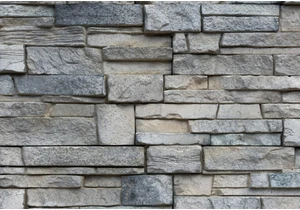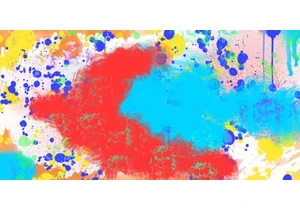Svelte is one of the newer JavaScript frameworks and it’s rapidly rising in popularity. It’s a template-based framework, but one which allows for arbitrary JavaScript inside the template bindings; it has a superb reactivity story that’s simple, flexible and effective; and as an ahead-of-time (AOT) compiled framework, it has incredibly impressive perf, and bundle sizes. This post will focus on configuring TypeScript inside of Svelte templates. If you’re new to Svelte, I’d urge you to check out the introductory tutorial… Read article “Integrating TypeScript with Svelte”
The post Integrating TypeScript with Svelte appeared first on CSS-Tricks. You can support CSS-Tricks by being an MVP Supporter.
Chcete-li přidat komentář, přihlaste se
Ostatní příspěvky v této skupině

Parallax is a pattern in which different elements of a webpage move at varying speeds as the user scrolls, creating a three-dimensional, layered appearance. It once required JavaScript. Now we have

Today, I want to discuss a couple of patterns for naming color palettes that the community is using, and how I propose we can improve, so we achieve both flexibility and beauty.


I went on to figure out how make masonry work today with other browsers. I'm happy to report I've found a way — and, bonus! — that support can be provided with only 66 lines of JavaScript.
<hr


Brad Frost introduced the “Atomic Design” concept wayyyy back in 2013. He even

Chrome 139 is experimenting with Open UI’s proposed Interest Invoker API, which would be used to create tooltips, hover menus, hover cards, quick actions, and other types of UIs for showing more in
